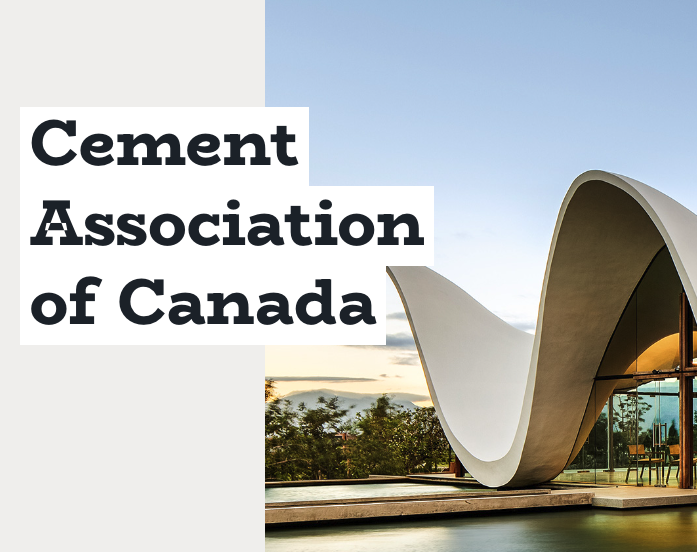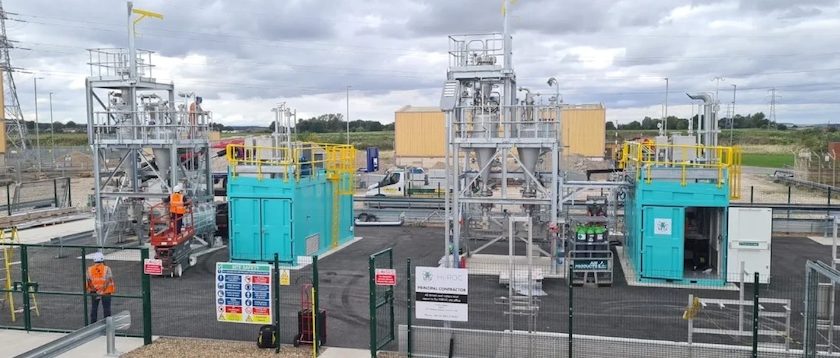Lafarge Canada wants to use fracking waste water from two Hants County holding ponds for its Brookfield cement plant in Colchester County, Nova Scotia.
 The Brookfield plant currently uses 35 million liters per year of fresh water from Shortts Lake to control the exhaust temperatures of its rotary cement kiln. The fracking waste water would be injected into the kiln in place of some of the fresh water drawn from Shortts Lake, and would be evaporated and emitted out the stack.
The Brookfield plant currently uses 35 million liters per year of fresh water from Shortts Lake to control the exhaust temperatures of its rotary cement kiln. The fracking waste water would be injected into the kiln in place of some of the fresh water drawn from Shortts Lake, and would be evaporated and emitted out the stack.
“We’re looking to do a trial. We want to do a test to see if this water will work with our manufacturing process,” said Lafarge spokesman Regan Watts.
However, the proposal has some Colchester County residents on edge. The company explained its pilot project in a full-page ad in the Truro Daily News but failed to note that the waste water was from hydraulic fracturing, sparking some controversy.
“I think people are a bit concerned,” said Bob Taylor, mayor of the Municipality of the County of Colchester. “They are worried about possible harmful effects from it so they want to know it’s safe before it goes ahead.” Taylor said the municipal council has asked Lafarge to do a presentation about the proposal.
Environment Minister Randy Delorey said that the waste water is being treated a second time by Atlantic Industrial Services using reverse osmosis prior to any use in the plant. He said that the province will consider different options for the waste water once it receives the final test results, expected in early 2014. “It’s safe enough to drink,” Watts said. “The contaminants have been removed and the recycled waste water exceeds government guidelines to be released in the environment.”
Lafarge has put together the website every-drop-counts.ca to answer questions about its proposal to use the waste water.



